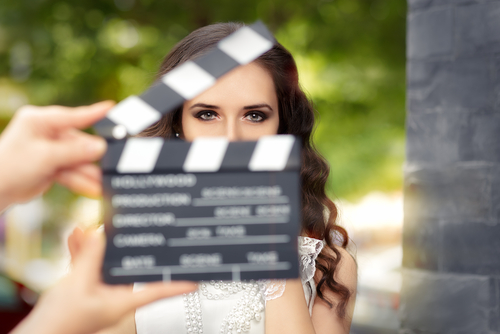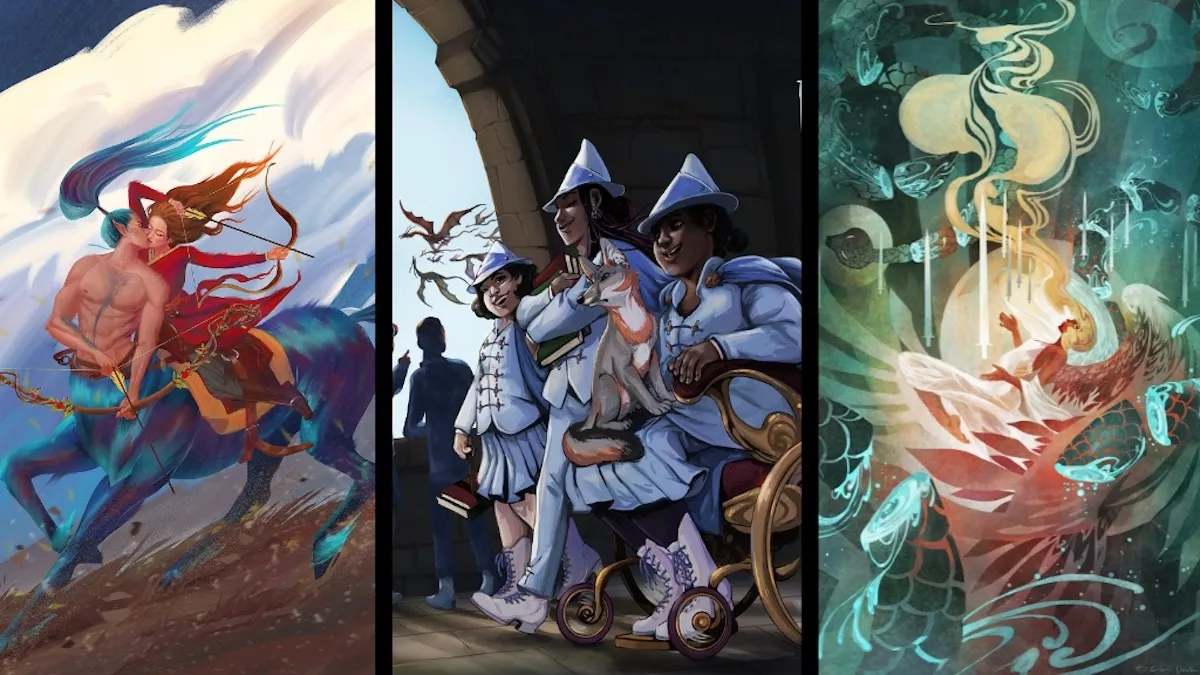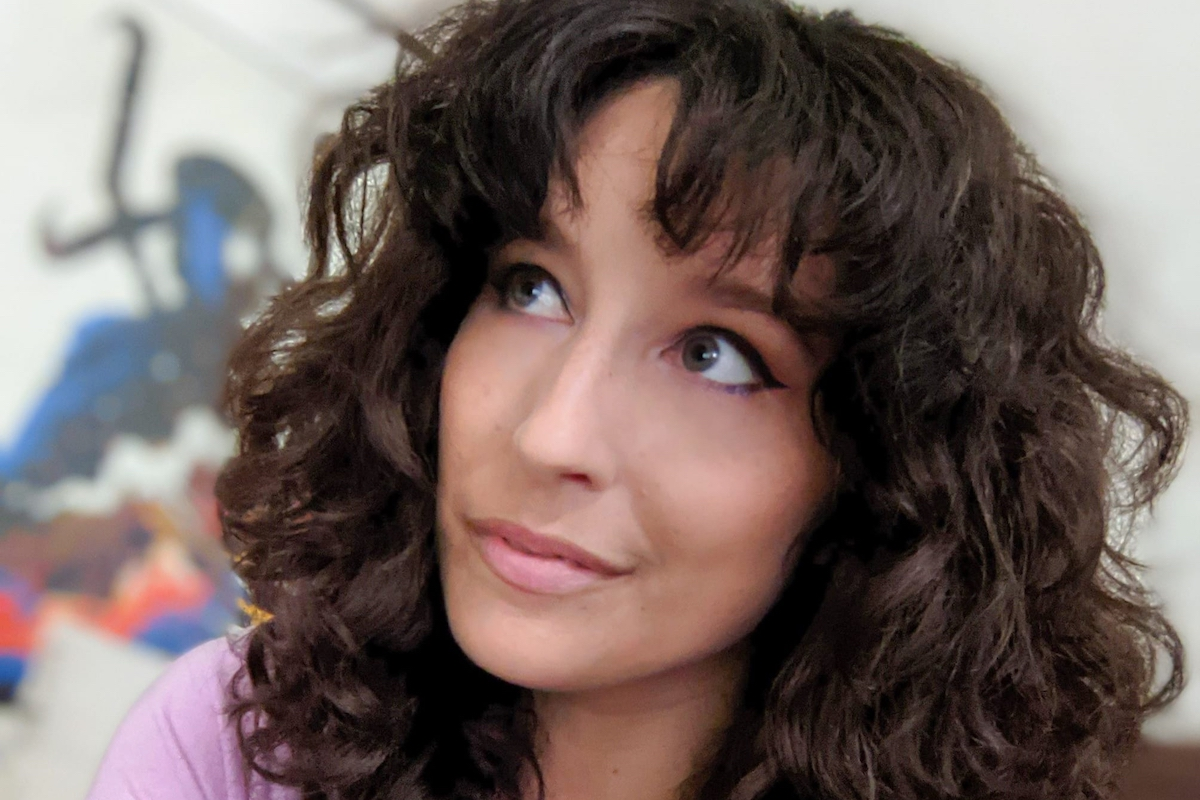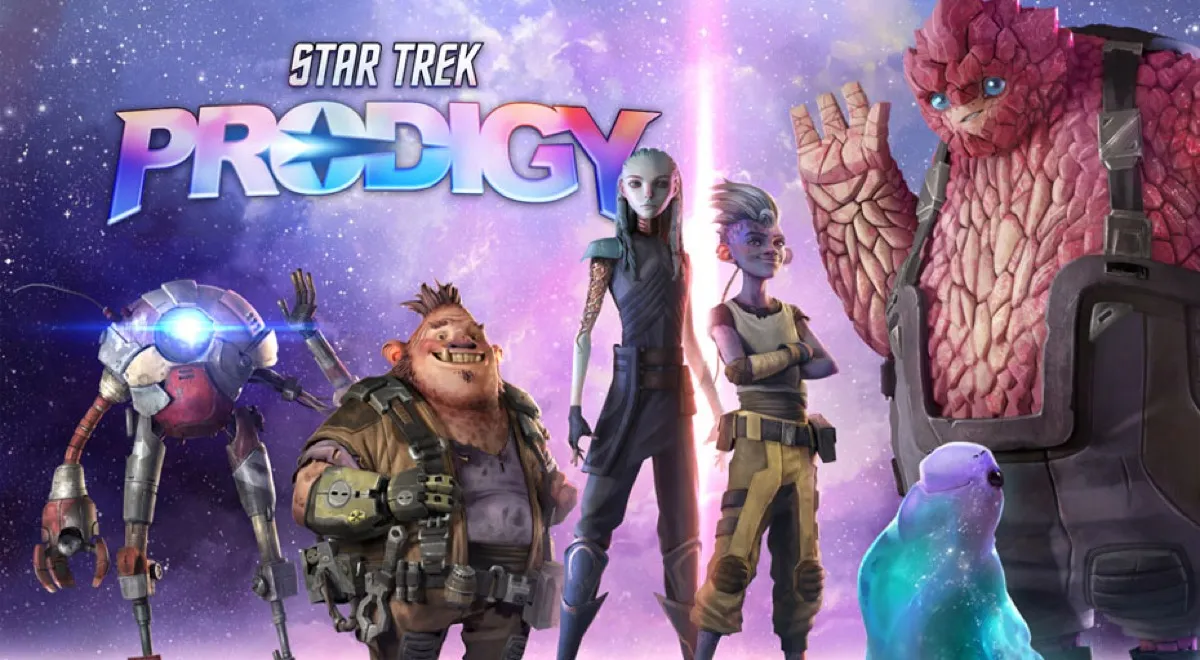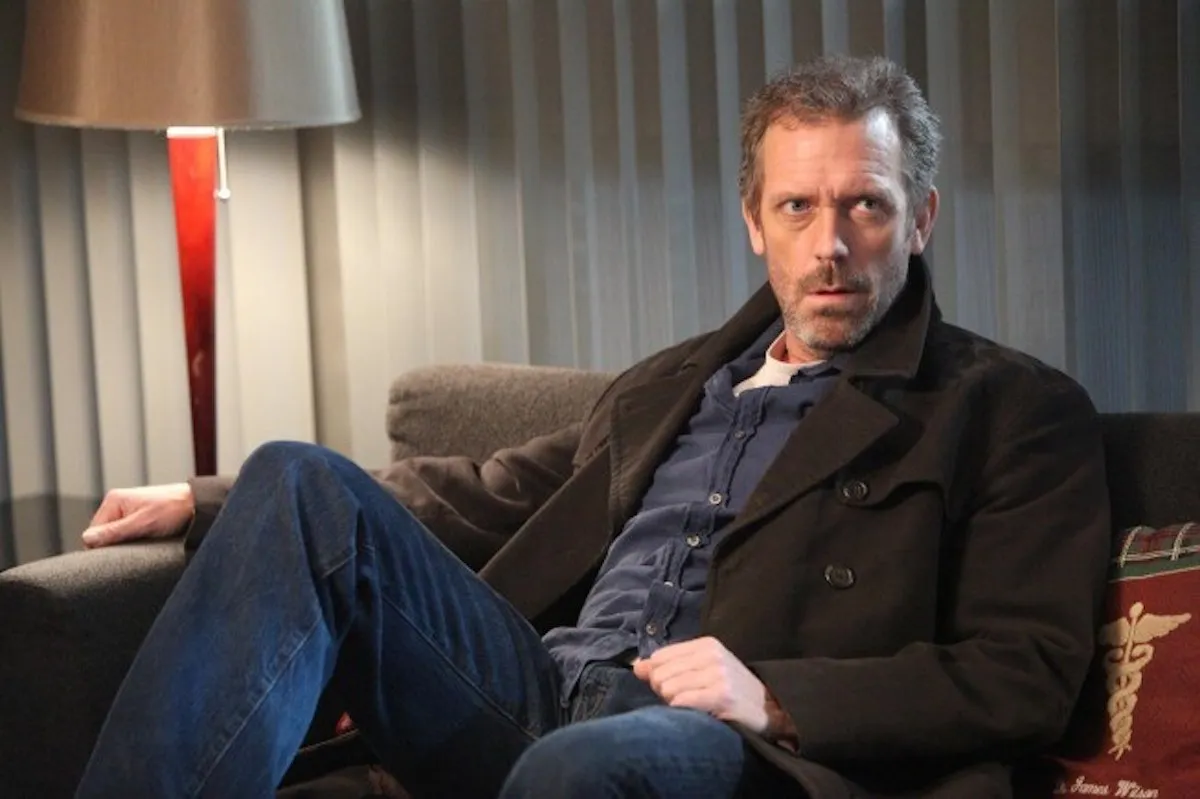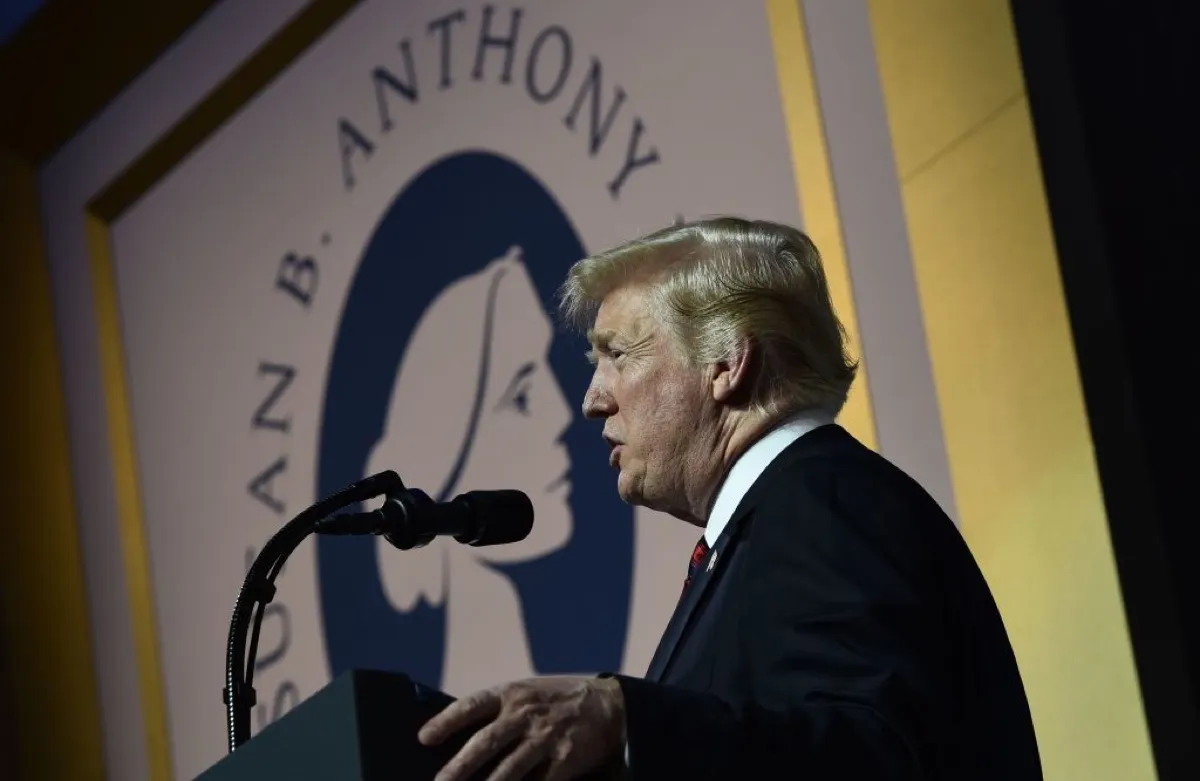Editor’s note: A previous version of this article incorrectly stated that Ursula K. Le Guin was the author of A Wrinkle in Time when in fact, that honor belongs to the esteemed Madeleine L’Engle. The editrix responsible feels really bad about being a Fake Geek Girl.
Why is it easier for women to break into YA novels than mainstream film?
There is a lot to unpack in that simple question. Not only do we have to ask why women are doing so much better writing and publishing YA novels than breaking into film, but also why, at the same time, adults seem to be flocking from conventional novels to YA. Is it a matter of the chicken and the egg?
Let’s look at the statistics: according to compilations at San Diego State University, only 1-2% of composers working on the top 250 films at the box office were women in the past three years. In 2014, supervising sound editors were 5% women; cinematographers clocked in at 5% and directors at 7%, according to Variety. No woman has ever been nominated for cinematography by the Academy of Motion Picture Arts and Sciences. Not won, mind you, even nominated. Only one woman has ever won Best Director. If Ava DuVernay could not be nominated for Selma there is little hope for anyone else, or anytime soon.
By contrast, the country’s top-selling books (according to USA TODAY) were, in 2007, Harry Potter and the Deathly Hallows (J.K. Rowling), Twilight (Stephanie Meyer) in 2008, New Moon (Stephanie Meyer) in 2009, and Fifty Shades of Grey (E.L. James) in 2012, with The Hunger Games (Suzanne Collins) right behind in second place. What is going on? Women did not just linger at the tops of these lists; they were dominant in the top three slots in 2007 (with numbers 5 and 7 written by women as well); Stephanie Meyer took all 4 top spots in 2008, with J.K. Rowling taking number 8. The top spot was held by a woman again in 2011, with Suzanne Collins in second place (she had three books in the top ten that year). All top seven books in 2012 were written by women; Gillian Flynn was #7 that year. Suzanne Collins had three books again in the top ten in 2012 and E.L. James had four.
Clearly something is going on here. If you can judge by the titles listed, it comes down to YA. There are some outliers (Fifty Shades and Gone Girl were clearly not written for teens or children), but there is a money-making women writers/YA correlation going on here.
First we have to explore why adults are flocking to YA in the first place, much to the consternation of many a thinkpiece writer. When I visited Barnes and Noble the other day, the featured shelves were stocked with the most prominent adult titles, dominated by Johnathan Franzen and Jeffrey Eugenides. Already I feel the cold shadow of death and adulthood upon me. Front and center is Purity, a novel which thinks feminists want men to go the bathroom sitting down (I don’t know where to begin…worse, Franzen thinks he can write from the perspective of a female millennial). It makes me long for the days of Treasure Island, Lord of the Flies, and 20,000 Leagues Under the Sea: books written by men for men and boys that were actually entertaining. Fleeing to the Classics section, I encounter the same problem most TMS readers have: I’ve read most of these books already, maybe twice.
Dejected, I go to the graphic novel section, where there are no Black Widow comics, sadly. But what is this? The YA section? With books written by women I have not read before? Rejoice! And a new Black Widow YA novel by Margaret Stohl is out, hallelujah! Time to enjoy some Russian spy hijinks mixed with women power! It’s like The Hunt for Red October, but fun!
This is a bit hyperbolic, but you get the idea. The depression of the adult section is enough to make anyone search for a book where they can have a wand or a patronus. (Mine is an albatross.) The classics section is never expanded. Neither is the adult section. This leads to people longing for new stories and excitement. We see this in movies as well: last year’s top ten movies by total gross included four kid- and teen-oriented films (Inside Out, Minions, Cinderella and Mockingjay Part 2).
Despite this obvious sales trend, bookstores, by display alone, seem to be implying that “high” adult art (made by male writers like Franzen) is in some way superior to “low” art (made by female YA writers). Even if we ignore all of the women writers regularly excluded by the adult and classics section (Tsitsi Dangarembga, Mourning Dove, Christine de Pizan, Mercy Warren, Phyllis Wheatley, etc.) it seems that women lack for basic respect; in the literary world, we can only find a toehold in literature marketed towards teens and children. This mirrors the way women are treated in many other fields of serious, impactful, adult accomplishment. For example, Émilie du Châtelet is largely ignored for her contributions to developing the law of conservation of energy; meanwhile Albert Einstein is known to every man, woman and child.
Women often have to prove that their stories are popular ahead of time, in book or comic book form (no Star Wars here); only then will investments in film be made. But adaptations of work by women writers don’t always lead to jobs for women in the film industry. Of the Rowling/Collins/Meyer power trio listed above, only one movie in sixteen (Twilight) was directed by a woman.
Other reasons YA may be easier for women to dominate is that writing can easily be done at home. The motherhood penalty is high in many professions, but particularly in filmmaking. Conversely, Stephanie Meyer could write Twilight as a stay-at-home mom with no problem. In a world where women feel unsafe jogging, that sometimes violently keeps women at home, this makes sense.
One ray of hope comes, again, from YA. The film adaptation of Madeleine L’Engle’s classic A Wrinkle in Time will be written by Jennifer Lee and directed by Ava DuVernay, showing a legendary YA book coming to the rescue of women in entertainment yet again. (Believe it or not, I saw this book in the front row of the book store! Yay for marketing!) Perhaps this will be the crack in the dam which brings the whole thing down, and women will finally be afforded the kind of opportunities in film that men have taken for granted.
featured image via Shutterstock
Want more stories like this? Become a subscriber and support the site!
Elizabeth is a Seattleite writer/ filmmaker. She has a BA in History and is on the epic quest of looking for her next Master’s degree. A neophyte to the freelance writing scene, she reads way too many Black Widow comics and drinks copious amounts of Thai Iced Tea. You can read her uncut musings on her blog and follow her on twitter @Elizabe31242685.
—The Mary Sue has a strict comment policy that forbids, but is not limited to, personal insults toward anyone, hate speech, and trolling.—
Follow The Mary Sue on Twitter, Facebook, Tumblr, Pinterest, & Google+.



